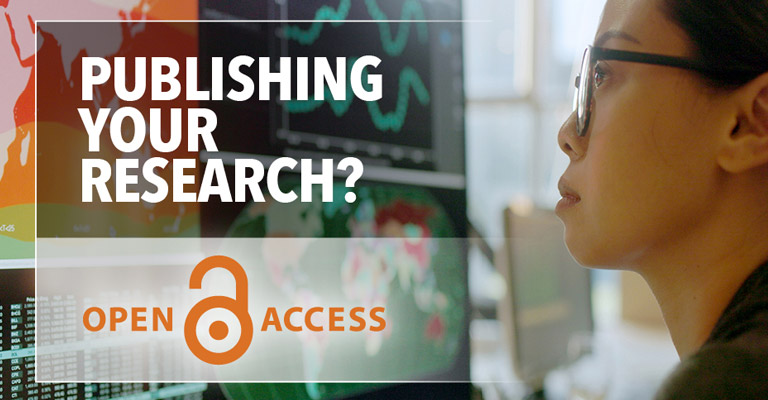Research Data & Open Scholarship Data & Visualization Services | Biomedical Data Services | GIS | Research Analytics & Impact Services | Research Data Management | Scholarship@Miami

Welcome
The Research Analytics & Impact Services (RAIS) unit helps develop, support, and advance library services for scholarly identity management, research visibility, research impact, scholarly output, and research citation metrics. We provide consultative services and other instructional programs to researchers related to scholarly visibility and impact metrics. The RAIS team can also generate reports to meet bibliometrics and research impact requests from campus administrators and academic units. The Research Visibility Guide provides essential information on key terms, subject matters and guidance on research visibility and scholarly communication.
What We Do
Contact us for:
- Information on the University of Miami’s Open Access Publishing Agreements
- Consultative and instructional assistance for research/data throughout the works lifecycle to UM-affiliated patrons
- Training on platforms/software/tools for Research Visibility, Impact and Scholarly Communication
- Assistance with Fair Use, Copyright, and Creative Commons Licenses
- ORCID registration and Scholarship@Miami Profile Support
Who We Are
Limitations
Research Visibility and Impact and its associated metrics can be powerful tools to tell a researcher, academic unit, or university’s story. However, there are times when these metrics face limitations based on various factors. In some cases, the metrics themselves can be limiting. For example, the h-index is discipline specific and h-indices tend to be higher within the sciences in comparison to the social sciences, arts, and humanities. This is mainly attributed to the sciences publishing more frequently and with many references while generally the social sciences, arts, and humanities publish less frequently and are longer in length (Hirsch 2014). In addition, the subject matter and perceived cultural impact of the work as well as number of authors tend to influence an h-index, therefore possibly skewing the impact of a given work. Also, since databases like Web of Science, Scopus, and Google Scholar differ in the content that they include, it is likely that your citation counts, and even your h-index, will be different depending on which database you use (University of California Berkeley Library 2024).
It is important to take a critical approach to understanding research impact. It is best not to depend on any one metric or tool for evaluation but instead a multifaceted approach that uses these tools as part of a larger story that is being told about a researcher’s work and/or career.
References
Hirsch, J.E., Buela-Casal G. (2014). The meaning of the h-index. International Journal of Clinical and Health Psychology, 14 (2), 161-164. https://doi.org/10.1016/S1697-2600(14)70050-X
University of California Berkeley Library. (2024, August 6) Measuring Research Impact: Author Impact. https://guides.lib.berkeley.edu/researchimpact/author-impact